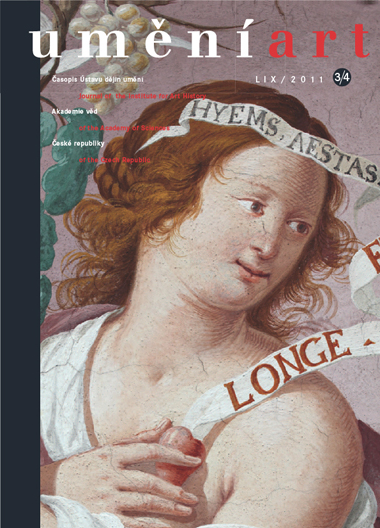Dalibor Veselý
Surrealism and Latent World of Creativity
The main Surrealist creative tools were dreams. They had all the qualities that Surrealists were searching for: the inexhaustible richness of spontaneous associations, and the ability to transform conventional reality into fantastic reality. This was a creativity known as automatism. However, the Surrealists soon discovered that the long practice of automatism leads to problematic states of hypnosis and as a consequence to potential meaninglessness. The new phase known as a phase of surreal encounters, or 'objective chance' ('objet trouvé'), was initiated by the projection of desire into a phantom-like image and found object. In the mature phase the Surrealists developed a new tool - the poetics of analogies, rooted in the personal experience of dreams situated in a lived space exemplified as the oneiric house. On a deeper level, the oneiric house became the real paradigm of the Surrealists' creativity. In one of his poems Breton refers to the oneiric house as the place of synthesis of all the main creative principles of Surrealism. He sees the structure of the house as labyrinthine, symbolising the structure of the unconscious (latent) world. The oneiric house can be seen and used as a criterion for the existence or non-existence of Surrealist architecture. The relation of the Surrealists to architecture was limited to the discovery of buildings and places already existing (Gaudí, Cheval, etc.) and appreciated like a result of objective chance. Architecture was discovered and influenced by Surrealism, but because of its close link with the prose of everyday reality it never became an integral part of Surrealist creativity in the same way as painting, sculpture, Surrealist objects, theatre or film did.
Full-text in the Digital Library of the Czech Academy of Sciences:
https://kramerius.lib.cas.cz/uuid/uuid:026ee2ec-aa38-0bb1-70f3-774744ef13b8
< back

